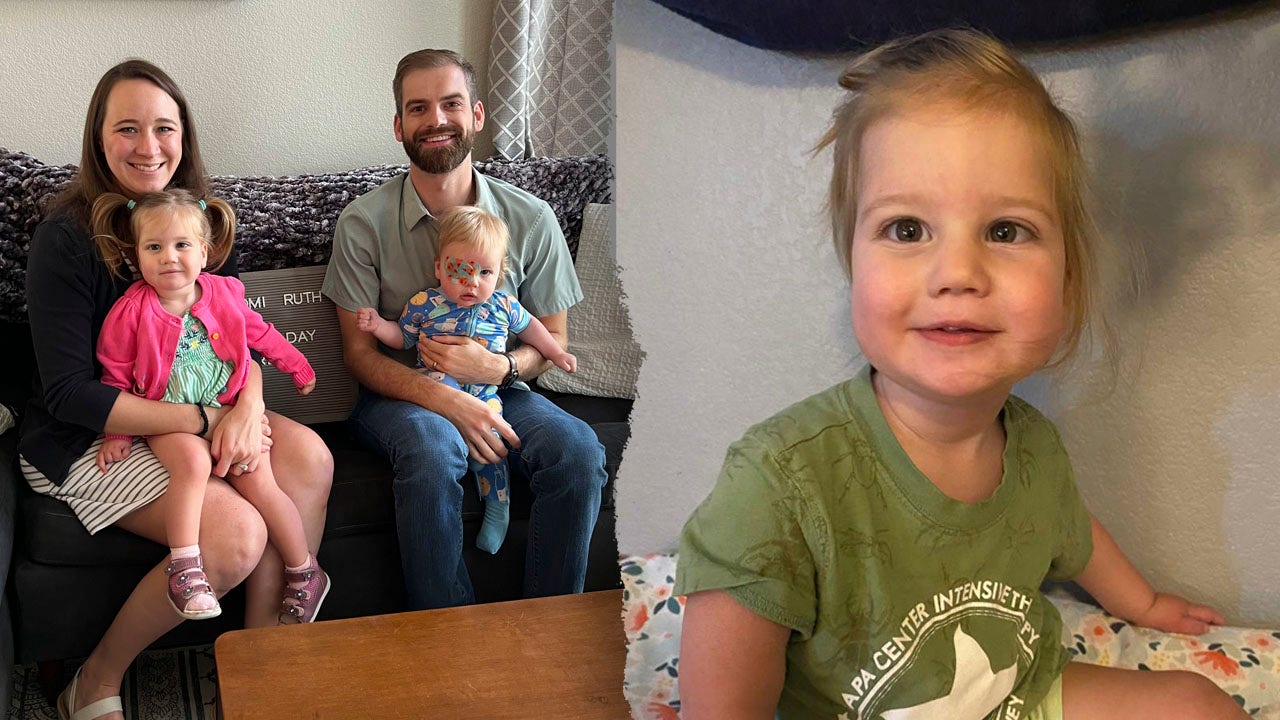A rare, fatal disease called SPG50 affects fewer than 100 people in the world — and one of them is Naomi Lockard, a 3-year-old in Colorado.
An experimental genetic therapy has shown promise in stopping the disease’s progression — but it is far too expensive for most families to afford.
Rebekah Lockard, the girl’s mother, is on a mission to raise the funds needed to save her daughter’s life.
WHAT IS ANGELMAN SYNDROME? COLIN FARRELL’S SON IS LIVING WITH THIS RARE DISEASE
Spastic paraplegia 50 (SPG50) is a neurological disorder that affects a child’s development, gradually leading to cognitive impairment, muscle weakness, speech impairment and paralysis, according to the National Organization for Rare Disorders.
Most people with the disease will die by the time they reach their 20s.
A rare, fatal disease called SPG50 affects fewer than 100 people in the world — and one of them is Naomi Lockard, a 3-year-old in Colorado (pictured at right and with her family at left). (Rebekah Lockard)
When Naomi Lockard was born in 2017, her parents immediately noticed some developmental delays.
By around six months, when she still “wasn’t really moving,” Lockard said, they started the baby in physical therapy, which didn’t help.
Eventually, an MRI and full genetic testing panel revealed the shocking diagnosis of SPG50.
At the time, Lockard was just a month away from giving birth to her second child — which added another element of fear given that the condition is genetic.
“My husband and I each have one healthy copy of this gene, but we each have one mutated copy,” she told Fox News Digital in a phone interview.
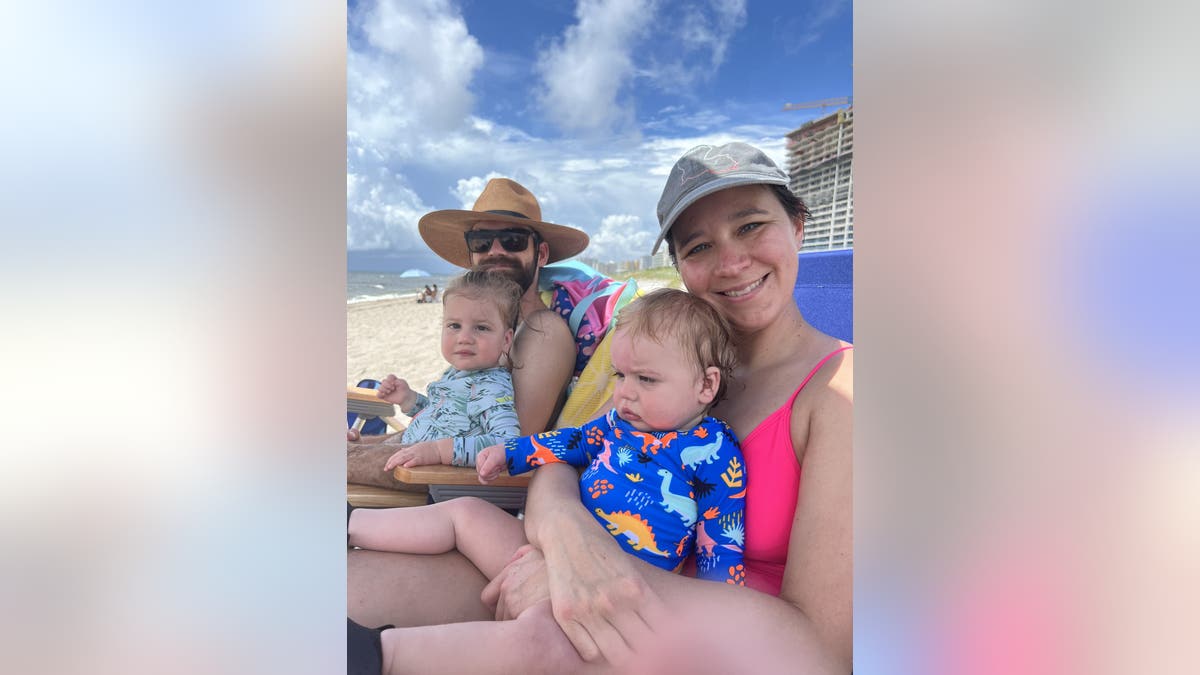
“Naomi got both mutated copies, and there was a 25% chance that Jack would also get both mutated copies,” Lockard, pictured with her family, told Fox News Digital. (Rebekah Lockard)
“Naomi got both mutated copies, and there was a 25% chance that Jack (the second baby) would also get both mutated copies.”
“It was a lot of panic at first, a lot of tears, because it’s a horrible condition,” Lockard said.
A few weeks later, after Lockard gave birth, another round of genetic testing revealed the family’s worst fear: Baby Jack also had SPG50.
STIFF PERSON SYNDROME PATIENTS SHARE WHAT IT’S LIKE TO LIVE WITH THE RARE DISEASE
“Children with SPG50 may experience early developmental delays, muscle weakness, and spasticity, but they continue to strive and adapt,” Dr. Eve Elizabeth Penney, an epidemiologist at the Texas Department of State Health Services and medical contributor for Drugwatch, told Fox News Digital.
Fewer than 100 people in the world are known to have SPG50.
“Over time, these symptoms can worsen, making it hard for affected individuals to walk and perform daily activities,” added Penney, who was not involved in the Lockard children’s care.
“The prognosis varies from person to person, but it’s generally a progressive condition, meaning symptoms can become more severe over time.”
A glimmer of hope
There is currently no FDA-approved treatment for SPG50, but the Lockards found hope when they enrolled in a clinical trial for an experimental gene therapy that was started by another parent, Terry Pirovolakis.
“It’s kind of like a transplant for genes,” Lockard told Fox News Digital. “It functions like a treatment, or maybe even a cure.”
The procedure, which involves injecting cerebral spinal fluid through a lumbar puncture, does come with risks.
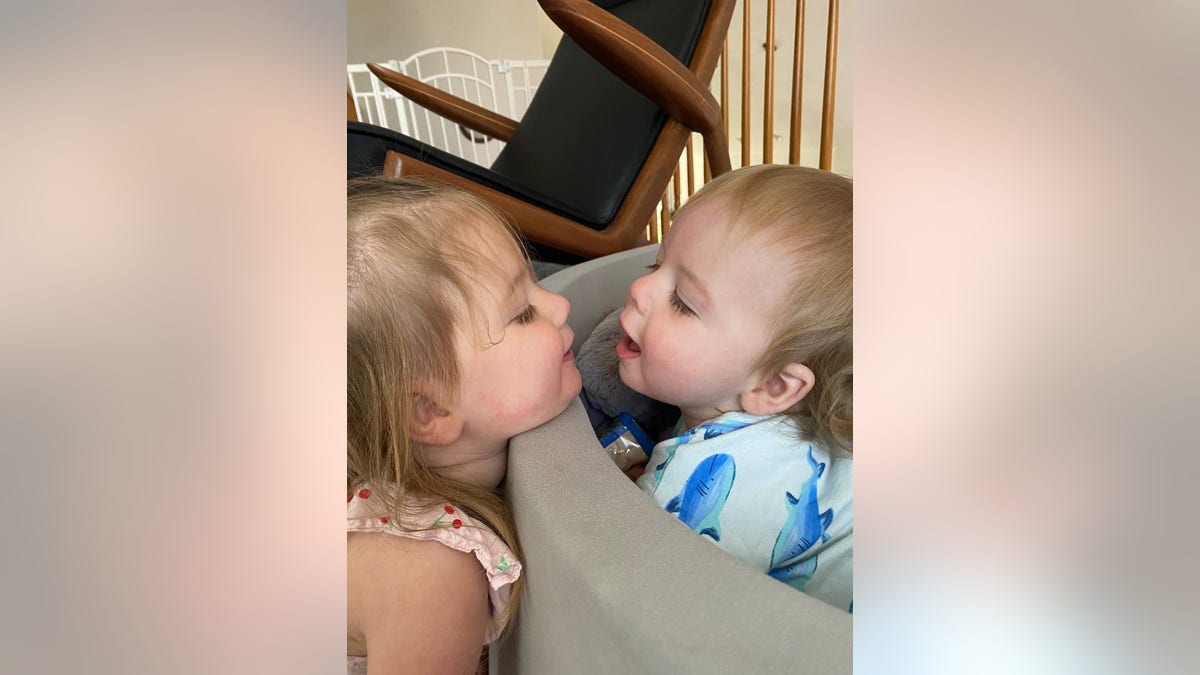
Naomi Lockard, left, just turned 3 years old. She has not received the gene therapy. Jack Lockard, right, was treated at 6 months old. (Rebekah Lockard)
“But it’s worth the risk, because it’s the only thing that could possibly help prevent the condition from getting worse,” Lockard said.
Her newly diagnosed baby — who was just shy of six months old — received the gene therapy treatment first, as there was a better chance of stopping the disease at a younger age.
He was the youngest child ever to receive an intrathecal (spinal) gene therapy treatment.
“Jack has thrived since then,” Lockard said. “He is sitting independently, banging toys together, drinking from a straw cup, and working really hard on crawling.”
She added, “Doctors and therapists share the same sentiment: The treatment works!”
Other children who participated in the trial have experienced similar results, Lockard said.
“They’ve all shown that their disease has stopped progressing and their cognition has improved,” she said.
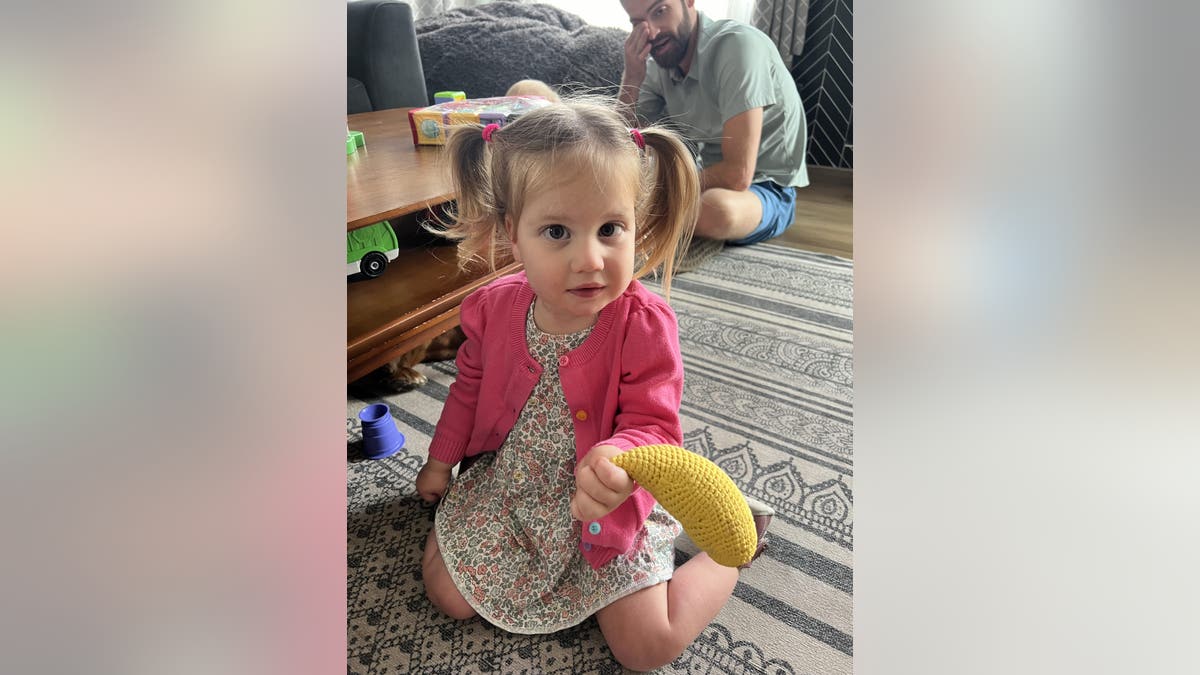
“Naomi just turned 3, and she only learned to crawl about six months ago. She can’t walk or talk, and her cognitive level is probably that of a 9-month-old,” her mother told Fox News Digital. (Rebekah Lockard)
Lockard’s daughter, Naomi, has not yet received the therapy.
“We can’t help but compare Jack and Naomi, and we see how he’s meeting these milestones. He’s caught up to her developmentally, and he’ll probably surpass her within the next few months, even though they’re two years apart,” Lockard said.
“Naomi just turned 3, and she only learned to crawl about six months ago. She can’t walk or talk, and her cognitive level is probably that of a 9-month-old.”
“Kids develop paralysis in elementary school, become quadriplegic in high school and pass away in their 20s.”
Although her daughter will likely always have deficiencies, as she’s missed the “critical window” of development, the gene therapy could still stop further progression.
“If they can treat her before she gets the paralysis, the hope is that she’ll never develop that,” Lockard said.
If her daughter doesn’t receive the therapy, she will likely experience the typical trajectory of the disease, Lockard said.

“We can’t help but compare Jack and Naomi, and we see how he’s meeting these milestones,” said Lockard. “He’s caught up to her developmentally, and he’ll probably surpass her within the next few months, even though they’re two years apart.” (Rebekah Lockard)
“Kids develop paralysis in elementary school, become quadriplegic in high school and pass away in their 20s — never learning to talk, and losing any ability to move over the course of their short lives.”
The problem is that the clinical trial has run out of funding.
Cost and complexity
Dr. Penney noted that treatment for SPG50 is challenging and expensive to develop — “mainly because it’s a sporadic disease.”
The doctor told Fox News Digital, “Pharmaceutical companies often prioritize conditions that affect larger populations, with a more significant potential for recouping research and development costs.”
THE GIRL WHO CAN’T SMILE: HOW A RARE DISORDER BECAME A YOUNG WOMAN’S ‘GREATEST GIFT’
“The market is much smaller for rare diseases like SPG50, making it financially less viable for companies to invest in creating a treatment.”
Developing treatments for genetic disorders requires significant research, time and specialized technology, Penney added, all of which add to the cost and complexity.
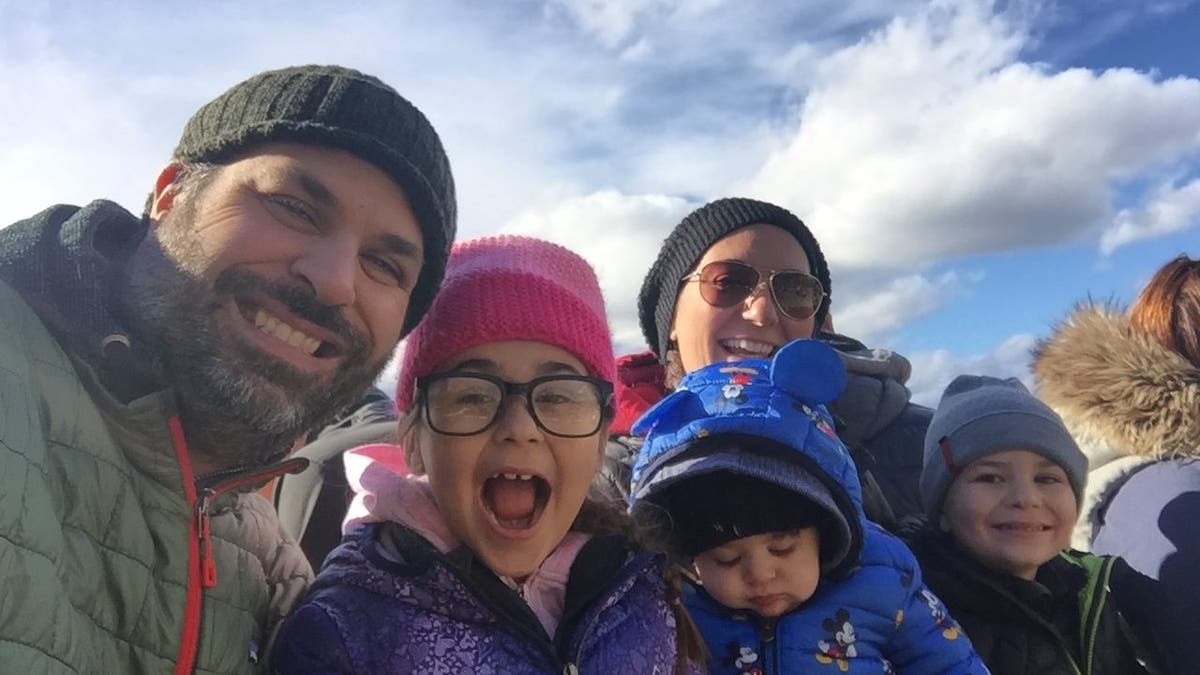
Terry Pirovolakis, pictured with his family, used his life savings to create a genetic therapy for his youngest son, center, who has SPG50. (Terry Pirovolakis)
In the absence of a cure, most families can only manage symptoms through physical therapy, occupational therapy, speech therapy and medications to help control spasticity or seizures, Penney said.
“Managing SPG50 requires a comprehensive, multidisciplinary approach to address its various symptoms and challenges,” Penney said.
Fighting to keep hope alive
The experimental trial that potentially saved Jack Lockard’s life was started by another parent, Terry Pirovolakis.
Pirovolakis, based in Canada, found out in 2017 that his youngest son, Michael, had SPG50.
“They told us he would be paralyzed from the waist down by the age of 10, and a quadriplegic by the age of 20,” Pirovolakis told Fox News Digital in an interview. “They said he would need support for the rest of his life.”

Pirovolakis’ two older children, pictured with their little brother, Michael (bottom left), do not have the disease. (Terry Pirovolakis)
Pirovolakis refused to accept that. He immediately started doing research and traveling around the world to gene therapy conferences, speaking with medical experts about his son’s disease.
Eventually, he liquidated his life savings, refinanced his home and paid a team of scientists at the University of Texas Southwester Medical Center to create a “proof of concept” for a genetic treatment for his son.
“I couldn’t just let these kids die. I had to do something.”
After seeing positive results in mice studies, as well as in cells from his son and a few other children with SPG50, Pirovolakis partnered with a small company in Spain to manufacture the drug.
In Dec. 2021, Health Canada granted Pirovolakis permission to move forward with the gene therapy for his son.

In Dec. 2021, Health Canada granted Pirovolakis permission to move forward with the gene therapy for his son, Michael (above), who has shown positive results. (Terry Pirovolakis)
“After that, we had three more doses, and we decided that we had to help other kids,” Pirovolakis said.
“I couldn’t just let these kids die. I had to do something.”
He opened a Phase 2 study in the U.S., in which three more children with SPG50 were treated — including Jack Lockard.
CLICK HERE TO GET THE FOX NEWS APP
“I tried to give the therapy to pharmaceutical companies, but no one wanted to make it, so I quit my job and started a nonprofit, CureSPG50, in California,” Pirovolakis said.
“We now have five employees and 20 consultants, and our goal is to save kids with five diseases, almost all of them fatal.”
Next, Pirovolakis will start a Phase 3 study at the National Institute of Health for SPG50, with future trials planned for other diseases.
“Doctors are ready. There just isn’t enough money to make it happen.”
The problem is that without the backing of major drug companies, there isn’t funding available to dose the therapies to the children who need it.
“They have eight doses that were produced in Spain and have been flown to the U.S.,” Lockard said.
“It’s here, just literally sitting in a refrigerator, ready to go. Doctors are ready. There just isn’t enough money to make it happen.”
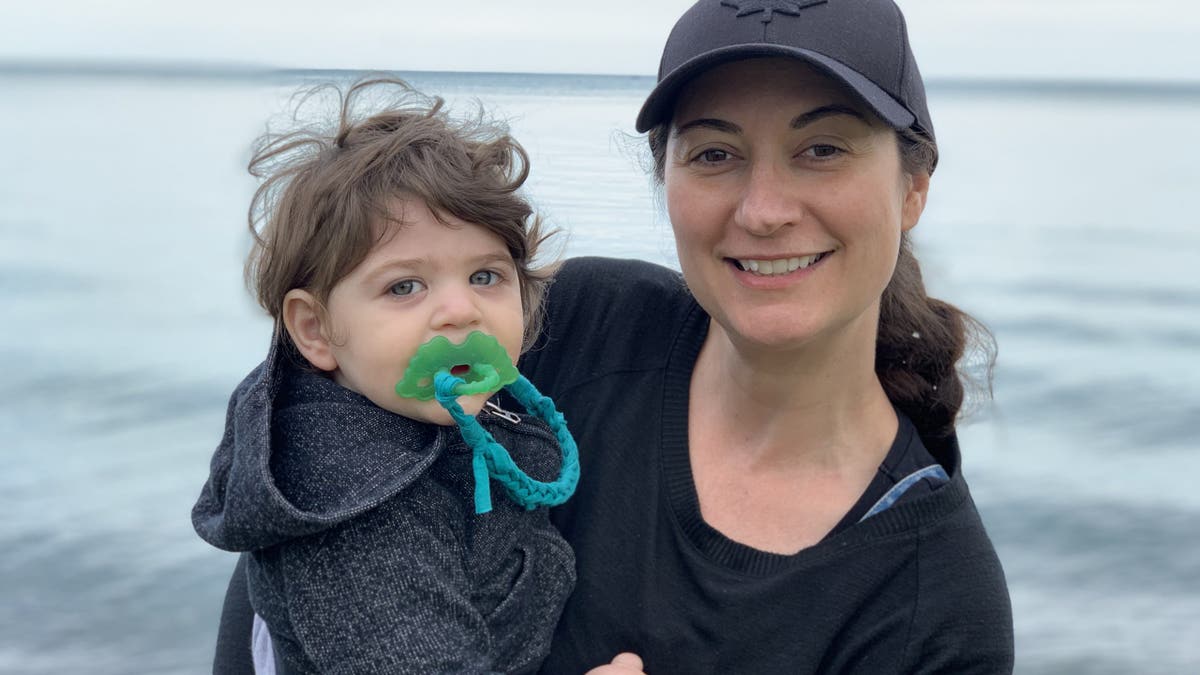
Young Michael Pirovolakis is pictured with his mother, Georgia Pirovolakis. (Terry Pirovolakis)
It costs about $1 million to make the drug for each child, Pirovolakis said, and another $300,000 or so to treat each patient in the U.S. at the hospital.
While Pirovolakis and his team are actively working to secure grants and investors, it’s largely up to the parents to raise funds for the next phase of the clinical trial.
So far, Lockard has raised $50,000 via a GoFundMe fundraiser, but that is only a fraction of what is needed to get her daughter treated.
CLICK HERE TO SIGN UP FOR OUR HEALTH NEWSLETTER
“Right now, there are four families in the U.S. who are trying really hard to fundraise the money that’s needed, because time is of the essence,” he said.
“We want to make sure the trial moves on and these kids get treated.”
The end goal
Looking ahead to the Phase 3 clinical trial at the NIH, Pirovolakis’ goal is to treat eight children with SPG50.
“If we can show that it works in all eight children — and we can prove to the FDA that it is making a difference — then the drug will get approved and every child can get it,” he said.
“I get calls at least five times a week from families around the world, asking to help me save their kids.”
Ideally, after the drug is approved — which could take three to five years, Pirovolakis estimates — SPG50 will be added to hospitals’ newborn screening programs and every child with the disease will be able to get the therapy.
For more Health articles, visit www.foxnews.com/health
“I get calls at least five times a week from families around the world, asking to help me save their kids,” he said.
“It’s tough — there’s only so much you can do, and unfortunately, this is a money problem. It’s just heartbreaking.”
